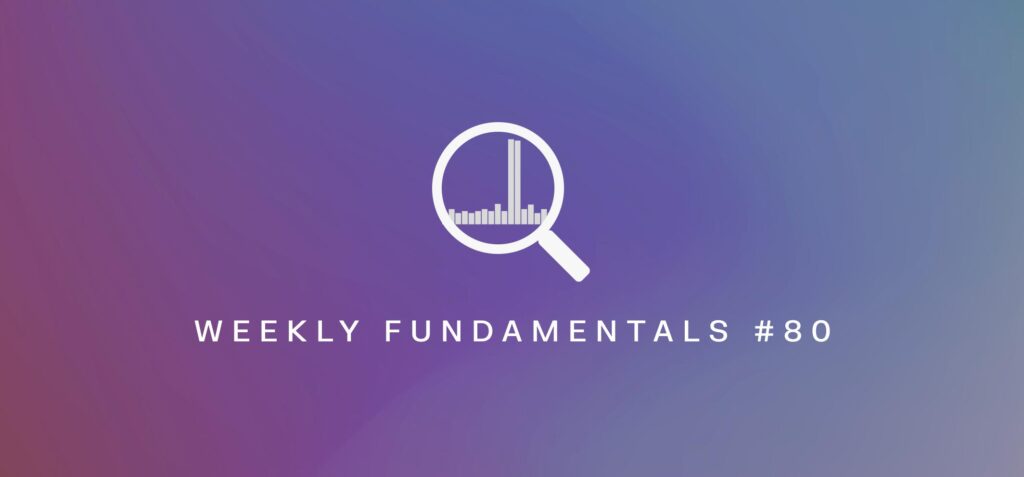Podcast Summary
In this podcast, Jayant Krishnamurthy, CTO and co-founder of Duoro Labs, discusses the Pyth Network, a high-frequency, low-latency, multi-chain Oracle that integrates real-world data into smart contracts. Murphy explains the challenges of integrating real-world data into smart contracts and how Pyth Network aims to address these issues. He also discusses the implications of Pyth’s hybrid on and off-chain model and the new problems that oracles can solve in the DeFi 2.0 world.
Key Takeaways
Understanding the Pyth Network
- Introduction to Pyth Network: The Pyth Network is a high-frequency, low-latency, multi-chain Oracle that integrates real-world data into smart contracts. It was initially built on Solana’s L1 and has expanded to provide data feeds for over 30 blockchains.
- Unique Architecture: Pyth Network’s innovative architecture and data acquisition approaches aim to address the challenges of integrating real-world data into smart contracts, such as stale data and limited sources.
- Hybrid On and Off-Chain Model: Pyth operates a hybrid on and off-chain model, which allows it to solve new problems in the DeFi 2.0 world. It is a first-party Oracle, where the owners of the data report it directly to the blockchain.
- Network of Data Providers: Pyth has a network of over 80 data providers, including major traditional finance firms and crypto exchanges like Virtue, Tower, Coinbase, and Binance.
- Access to Real-Time US Equity Prices: Pyth has access to real-time US equity prices, which are not easily obtainable elsewhere, making it a valuable data provider.
Monetization and Incentives
- Incentives for Data Providers: The incentives that make Pyth work involve the allocation of PYTH tokens to data providers, giving them a stake in the network. Large financial institutions collaborate on Pyth because they see value in owning a piece of the network and because the data they possess is currently not monetized.
- Monetization Model: Pyth has a monetization model where users pay a small fee every time they put a price payload onto the blockchain. The fee is currently a placeholder but can be controlled by Pyth governance in the future.
- Long-Term Play for Firms: For many firms, the data they contribute to Pyth is a found resource that they can potentially monetize in the future. The long-term play for these firms is to contribute to Pyth and potentially make money from it, despite the opportunity cost and the need to learn and maintain blockchain infrastructure.
Technical Aspects of Pyth Network
- High Frequency and Low Latency: Pyth aims to optimize both latency and frequency, with an end-to-end latency of 2-3 seconds and an update every 400 milliseconds. This makes Pyth faster than other oracles, with updates scheduled once every 10 minutes on other blockchains.
- Use of Solana: The decision to build Pyth on Solana was driven by Solana’s optimization for latency and transaction per second. The use of Solana as the primary blockchain for Pyth has been impressive and fast.
- Confidence Intervals: Confidence intervals are provided alongside prices in Pyth to account for the fact that assets trade at different prices at different venues. Confidence intervals allow downstream protocols to incorporate uncertainty and protect users in different ways.
- Multi-Chain Protocol: Pyth initially launched on Solana but now supports around 30 different blockchains for publishing data. Each layer two solution is treated as an independent blockchain by Pyth, and there is no benefit in knowing that they roll up to Ethereum.
Future of Pyth Network
- Expansion Plans: The long-term goal is to bring more data providers on board, potentially including major exchanges like Coinbase and Binance, who could provide significantly more data volume compared to other providers.
- Challenges: Communicating discrepancies in pricing to data consumers is a challenge that needs to be addressed. The Oracle problem is similar to the multi-sig governance problem, where it is challenging to determine a reliable way to weigh the actions of different participants in the ecosystem.
- Future of Oracles: The expectation was that more protocols would create their own oracles as they grow, but the question remains about how oracles will maintain their place in the market in the coming years. Monetizing open-source software and oracles can be challenging due to the public good spending problem, but creative design solutions like the pull oracle can provide a place for monetization.
Sentiment Analysis
- Bullish: The podcast presents a bullish sentiment towards the Pyth Network and its potential to redefine how a blockchain Oracle can function. The innovative architecture, hybrid on and off-chain model, and the network of data providers are highlighted as key strengths. The expansion of Pyth to provide data feeds for over 30 blockchains and its access to real-time US equity prices further contribute to the bullish sentiment.
- Neutral: While the podcast is generally bullish, it also presents a neutral sentiment by discussing the challenges faced by Pyth. These include the difficulties of integrating real-world data into smart contracts, the complexities of interacting with various blockchains, and the challenges of communicating discrepancies in pricing to data consumers. The podcast also acknowledges the challenges of monetizing open-source software and oracles.









